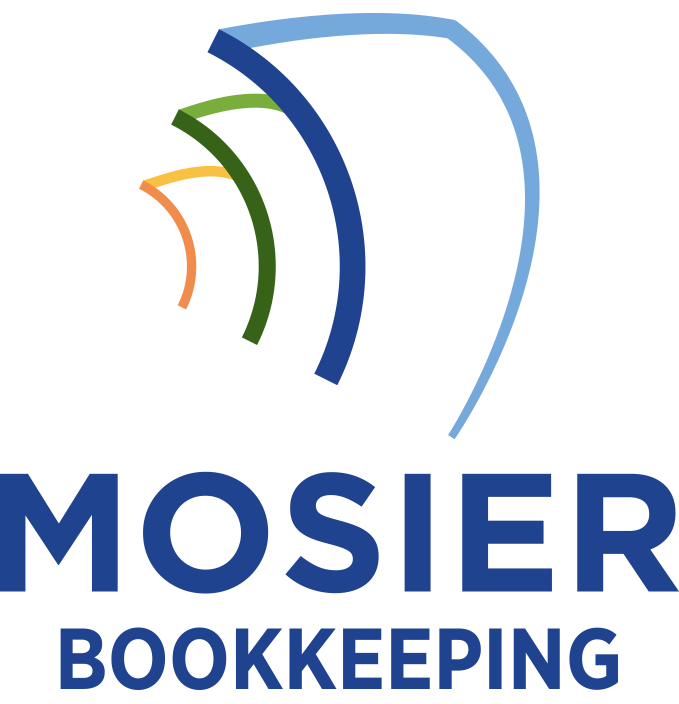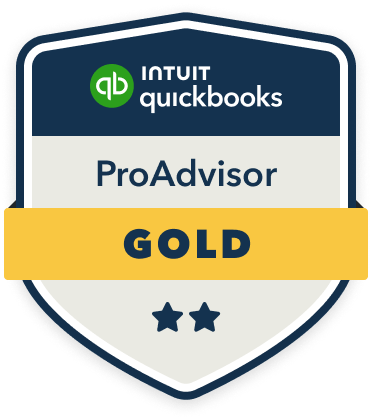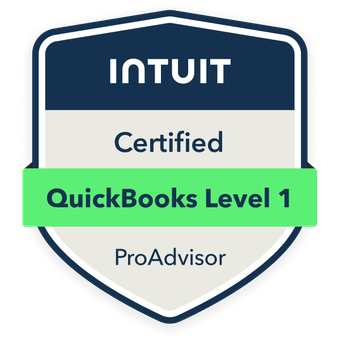For effective insurance program bookkeeping, I recommend implementing a structured system that tracks policies, premiums, claims, and financial transactions across all coverage types. You’ll need dedicated accounts for premiums receivable, claims payable, and various reserves, plus robust documentation including certificates, endorsements, and payment records. I maintain separate ledgers for different premium types, automate renewal tracking, and reconcile carrier statements monthly. The following key components will strengthen your insurance bookkeeping framework.
Essential Insurance Bookkeeping Components and Documentation

What makes insurance bookkeeping different from standard accounting practices? I’ll tell you – it’s the specialized documentation of risk transfer, premium payments, and claim settlements. You’ll need to maintain precise records of policy documents, certificates of insurance, and endorsements.
I insist you track these essential components: premium schedules, payment reconciliations, claims history logs, and loss run reports. You must document all communication with carriers, including policy changes and coverage disputes. Your system should separate direct written premiums from earned premiums, while monitoring deductible tracking and recovery processes. Master these elements to control your insurance program effectively.
Setting Up a Chart of Accounts for Insurance Transactions
A properly structured chart of accounts forms the backbone of accurate insurance bookkeeping. I recommend creating dedicated accounts for premiums receivable, claims payable, and policy reserves. You’ll need separate liability accounts to track unearned premium reserves and loss reserves.
I suggest breaking down your income accounts into distinct categories: premium revenue, policy fees, and investment income from insurance operations. For expenses, establish specific accounts for claims paid, adjusting expenses, and underwriting costs.
Don’t forget to set up contra accounts to handle premium refunds and claim recoveries. This structure gives you precise control over your insurance transactions and compliance reporting.
Premium Payment Recording and Policy Renewal Tracking
Recording premium payments requires meticulous tracking through dedicated accounting software that maps to your chart of accounts. I’ll show you how to maintain control over your insurance program’s financial management through systematic recording and monitoring.
| Premium Type | Payment Frequency | Monitoring Level |
|---|---|---|
| Property | Annual | High Priority |
| Liability | Quarterly | Medium Priority |
| Workers Comp | Monthly | Critical |
I recommend setting up automated renewal alerts 90 days before policy expiration. Track each policy’s effective dates, premium amounts, and payment schedules in your accounting system. Link premium payments to specific coverage periods to maintain accurate accrual accounting and safeguard proper expense allocation.
Managing Claims and Reconciling Carrier Statements
Beyond tracking premium payments, managing insurance claims requires a systematic approach paired with detailed carrier statement reconciliation. I recommend creating a dedicated claims tracking system that monitors each claim’s status, reserves, and payments. When I reconcile carrier statements, I verify all claim payments against your internal records and identify any discrepancies immediately.
I establish clear procedures for documenting claims-related expenses, including deductibles and any subrogation recoveries. This meticulous tracking certifies accurate financial reporting and helps me maintain proper loss ratios. I’ll regularly audit your claim reserves to confirm they align with carrier-reported figures and your company’s actual exposure.
Best Practices for Insurance-Related Financial Reporting

While insurance-related financial reporting presents unique challenges, I maintain specific protocols to guarantee accuracy and compliance. I create dedicated accounts for premiums, claims, and reimbursements to track each insurance program separately. I establish clear audit trails by documenting every transaction with corresponding policy numbers and claim references.
I implement automated reconciliation tools to match carrier statements with internal records, ensuring no discrepancies exist. I generate monthly variance reports to identify trends and potential issues. For regulatory compliance, I maintain detailed documentation of risk transfer calculations and actuarial assessments. I’ve found these practices essential for precise financial control and risk management.
